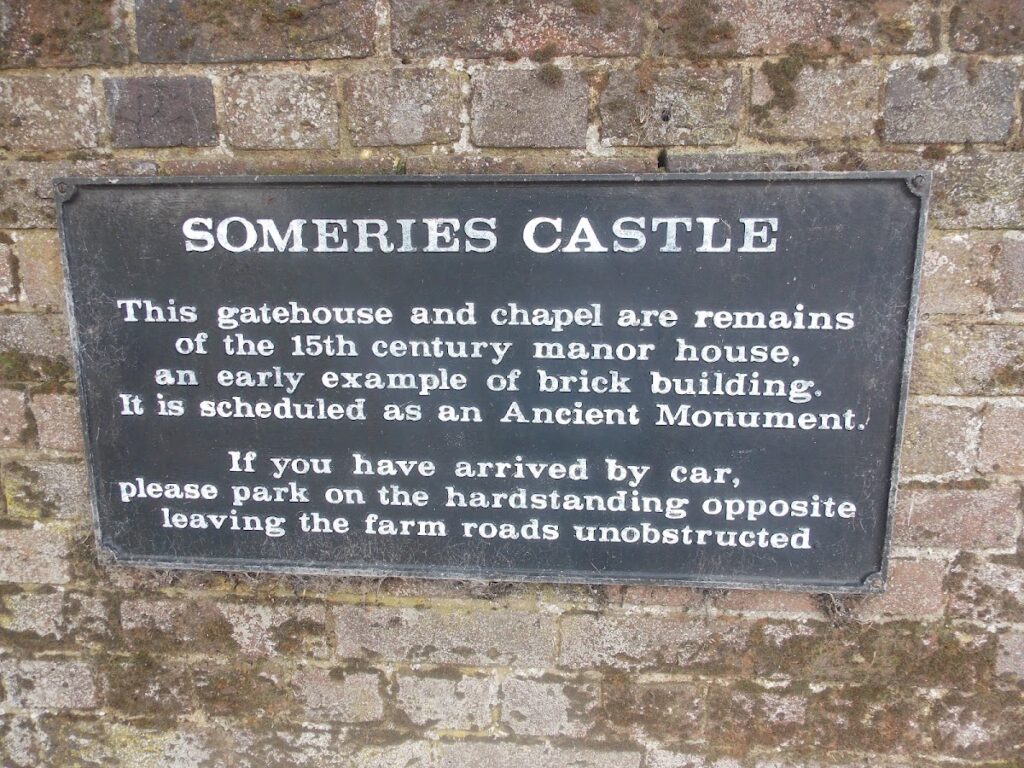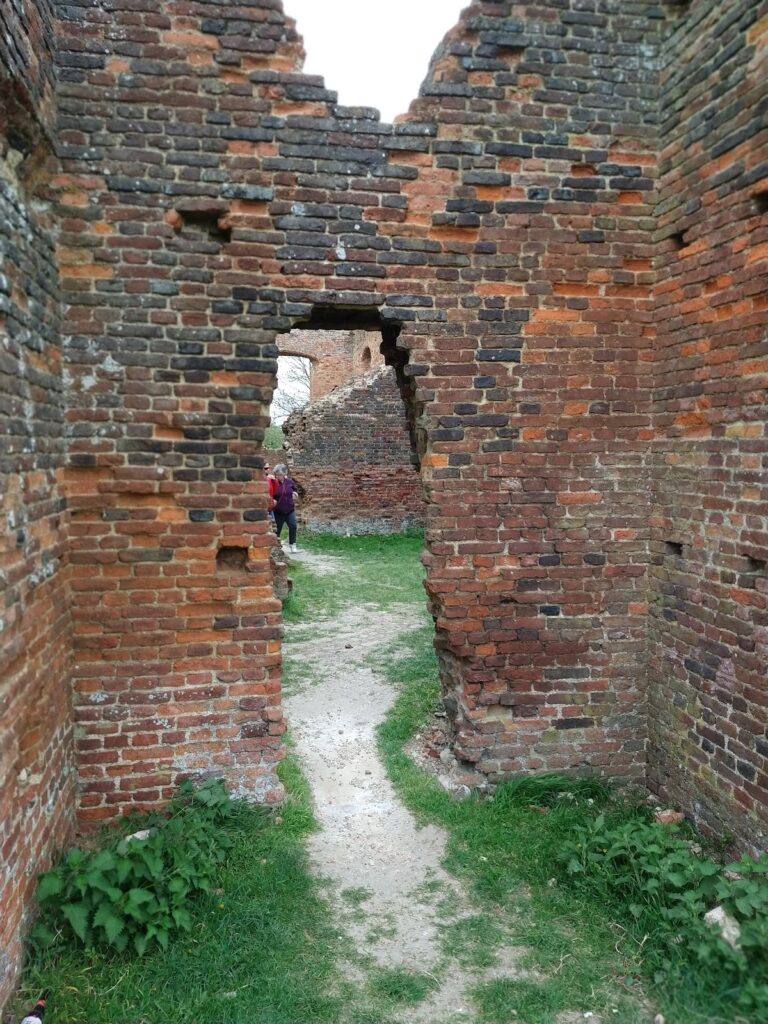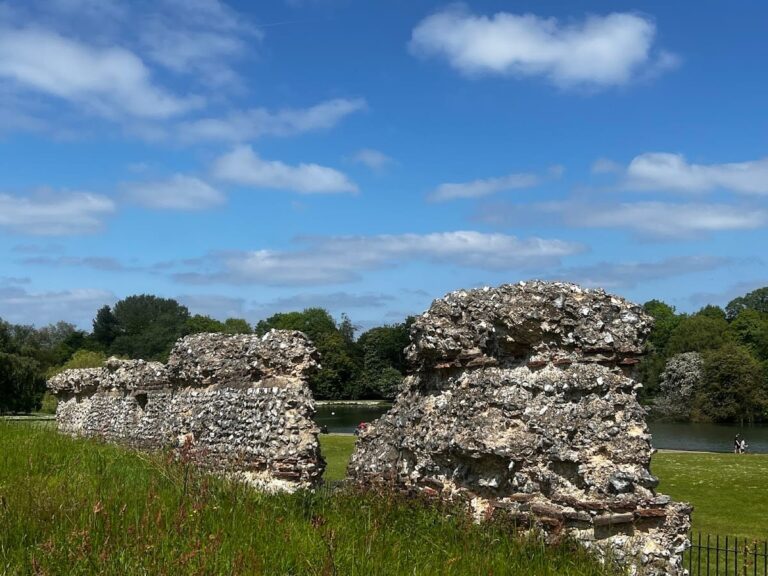Someries Castle: A Medieval Fortified Manor in Luton, England
Visitor Information
Google Rating: 3.9
Popularity: Low
Google Maps: View on Google Maps
Country: United Kingdom
Civilization: Unclassified
Remains: Military
History
Someries Castle is located in the town of Luton, England, and was constructed during the medieval period by English builders. The site’s earliest association dates back to William de Someries, who established a residence there. However, the current ruins stem from the 15th century when Sir John Wenlock acquired the estate in 1430 and began constructing a fortified manor house rather than a traditional castle.
The building of Someries Castle was a significant project for its time, intended as a substantial brick residence fortified enough to convey strength without serving primarily as a military fortress. Construction progressed during the mid-1400s but was never completed, as Wenlock died in 1471 at the Battle of Tewkesbury, a conflict tied to the Wars of the Roses. Following his death, ownership of the property transferred to the Rotheram family.
During the 18th century, much of the manor was deliberately demolished. Bricks salvaged from the original structure were repurposed to build farm buildings nearby in the 19th century, reflecting a practical reuse of materials. The grounds also featured earthworks initially believed to belong to an earlier manor house, but archaeological study has clarified that these formations represent the layout of the mansion’s formal garden, dating from the same 15th-century period as the manor itself.
Local tradition holds that Sir John Wenlock’s spirit still haunts the site, a legend rooted in the dramatic history surrounding his death and the abrupt end to the manor’s construction. The location has since been recognized as a Scheduled Ancient Monument, reflecting its historical and cultural importance. After being closed for safety repairs in 2007, the site was reopened to the public in 2008.
Remains
The remains of Someries Castle primarily consist of brick ruins from its original 15th-century construction, notable as one of the earliest uses of brick buildings in England. The surviving structures form part of what was a fortified manor house, including a gatehouse that incorporated a chapel and a lodge. These brick walls showcase the craftsmanship of the period and allow modern observers to glimpse the scale and design vision of the original complex.
The manor was erected on relatively flat land, reaching approximately 157 meters above sea level, with agricultural fields surrounding the site. The manor’s formal gardens are marked by earthworks that reveal carefully planned layouts typical of the 15th century, previously mistaken for traces of an earlier building phase. These earthworks remain visible on the grounds, providing insight into the landscape design intended to complement the mansion.
In the early 21st century, repairs undertaken to maintain the ruins included the installation of scaffolding in 2007. Unfortunately, this led to some damage to the original brickwork. Nevertheless, the main walls of the gatehouse, chapel, and lodge are still standing largely in situ, preserving the historical footprint of the manor. The site’s status as a Scheduled Ancient Monument ensures ongoing protection and acknowledgment of its heritage.
Oral traditions connected to the ruins include tales of Sir John Wenlock’s ghost, who is said to haunt the remains of the manor. This haunting legend connects the visible past of the site to the stories passed down through local generations, linking history with folklore.










